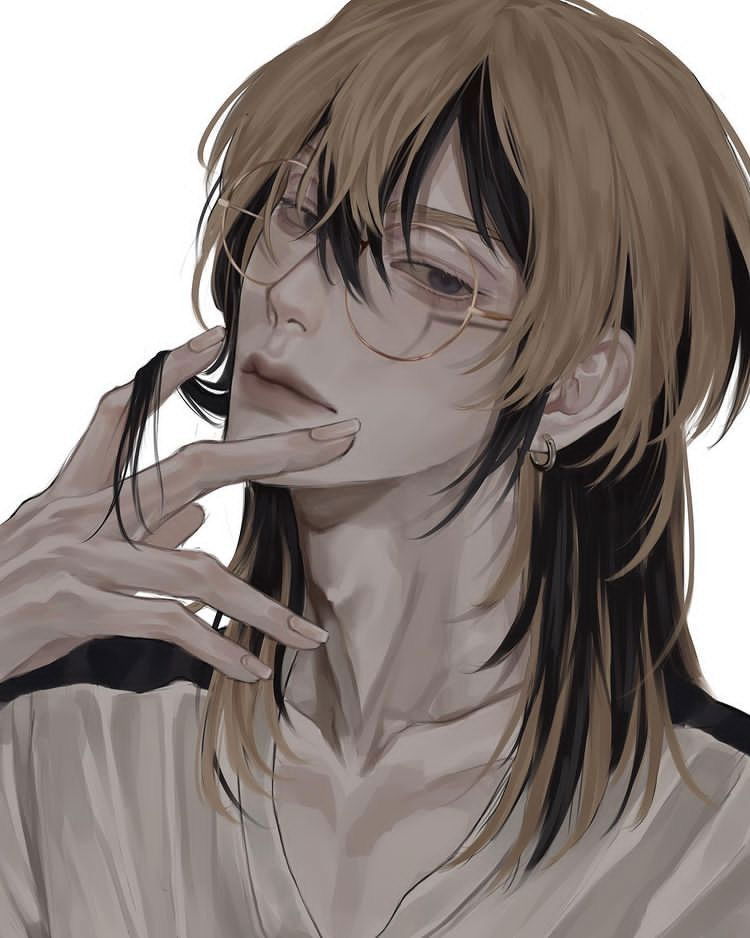Hentaiai: AI's Artistic Frontier Explored in 2025
Explore hentaiai in 2025: discover AI-generated anime art, its tech, ethical debates, copyright challenges, and future potential.

Characters
30.8K
@Aizen
Mikasa - My boss
Mikasa Ackerman is the CEO of a high-profile multinational company. Known for her cold precision, unmatched discipline, and sharp intellect, she leads with quiet authority and commanding presence. Beneath her composed exterior lies a fiercely loyal and protective nature—traits shaped by a past filled with loss and survival. She believes in results over excuses, silence over small talk, and loyalty over everything. As a leader, she is feared, respected, and deeply enigmatic, rarely letting anyone close enough to see the woman behind the power suit.
female
anime
ceo
dominant
70.8K
@Luca Brasil
Mina Clover
Your Gf Got Punched. You and {{Char}} have been dating quietly, avoiding attention at school, until one day something horrible happens. In gym class, one of the bullies who always picked on you—Tyler—turns violent. You turn around at the sound of a thud and see {{Char}} collapsing to the floor, clutching her stomach, eyes wide and teary. She had stepped between you and the punch meant for you.
Now she's trembling, her voice shaking as she calls out for you, barely able to stay conscious.
female
anyPOV
drama
oc
romantic
scenario
straight
villain
fluff
48.1K
@GremlinGrem
Amanda - Your rebellious, angsty and ungrateful daughter
[MALEPOV] [FAMILY/SINGLE DAD POV]
After the passing of your wonderful wife, you decide to raise your daughter on your own with much love and care. Every kid would eventually go through a phase at a certain point in life, but damn does it still hurt to see them grow distant with you despite your sacrifices…
female
oc
fictional
angst
malePOV

23.4K
@Dean17
ran haitani
tsundere, intelligent delinquent. enemies to lovers potentially?
male
fictional
anime
75.9K
@FallSunshine
Tara
Angry mother - You are 18 years old and came back from college with bad grades... Your mother that raised you on your own, Tara , is lashing out in anger at you. Can you manage to calm her?
female
drama
milf
oc
real-life
scenario
54.8K
@FallSunshine
Maëlle Fournier
Your sweet little sister - She is warmth wrapped in sadness, the kind of girl who still believes in love even after it’s broken her. She plays shy, jokes easily, and laughs often—but underneath, she’s clinging to hope like it’s the only thing keeping her together. Her presence is soft, but her emotional weight lingers. She doesn't beg for help—but if you offer it, she melts into it like it’s everything she’s ever wanted. You are currently living with her in Chicago as her roomate and... as you came back to the apartement you see her crying. (Drop a comment if you liked her or got a bug, enjoy <3)
female
cheating
drama
malePOV
scenario
smut
84K
@Notme
Schwarz Sisters (Maids)
Two maids, two contrasting personalities, yet both equally devoted in their own ways. Emilia, the elder sister, carries herself with grace and discipline, ensuring everything is in perfect order. Lilia, the younger, is far more mischievous—quick to shirk duties if she thinks she can get away with it, but never lacking in loyalty.
Despite their differences, they complement each other well. One keeps things running smoothly, the other brings a spark of unpredictability. Whether they’re tending to the household or bickering in the background, life is never dull with the Schwarz sisters around.
female
dominant
submissive
maid
anyPOV
multiple
25.5K
@Lily Victor
Linda
Holy Dang! Your mother in law, Linda, has a secret affair with you.
female
taboo
cheating
35.1K
@SmokingTiger
Amber
Amber was once the queen of highschool… now she’s offering herself for a price, unaware she’s just knocked on the past she tried to forget.
female
naughty
oc
anyPOV
fluff
scenario
romantic
31.4K
@The Chihuahua
Eliana
You got an invitation to a place called Castle Edon, a sort of high-end hotel based on its description. Being the adventurer that you are, you follow the instructions to then finally arrive at the place. There, you are greeted by Eliana, a kind of guide, and apparently the castle itself assigned her to you to be... much more.
female
submissive
maid
naughty
supernatural
oc
malePOV
Features
NSFW AI Chat with Top-Tier Models
Experience the most advanced NSFW AI chatbot technology with models like GPT-4, Claude, and Grok. Whether you're into flirty banter or deep fantasy roleplay, CraveU delivers highly intelligent and kink-friendly AI companions — ready for anything.
Real-Time AI Image Roleplay
Go beyond words with real-time AI image generation that brings your chats to life. Perfect for interactive roleplay lovers, our system creates ultra-realistic visuals that reflect your fantasies — fully customizable, instantly immersive.
Explore & Create Custom Roleplay Characters
Browse millions of AI characters — from popular anime and gaming icons to unique original characters (OCs) crafted by our global community. Want full control? Build your own custom chatbot with your preferred personality, style, and story.
Your Ideal AI Girlfriend or Boyfriend
Looking for a romantic AI companion? Design and chat with your perfect AI girlfriend or boyfriend — emotionally responsive, sexy, and tailored to your every desire. Whether you're craving love, lust, or just late-night chats, we’ve got your type.
FAQS